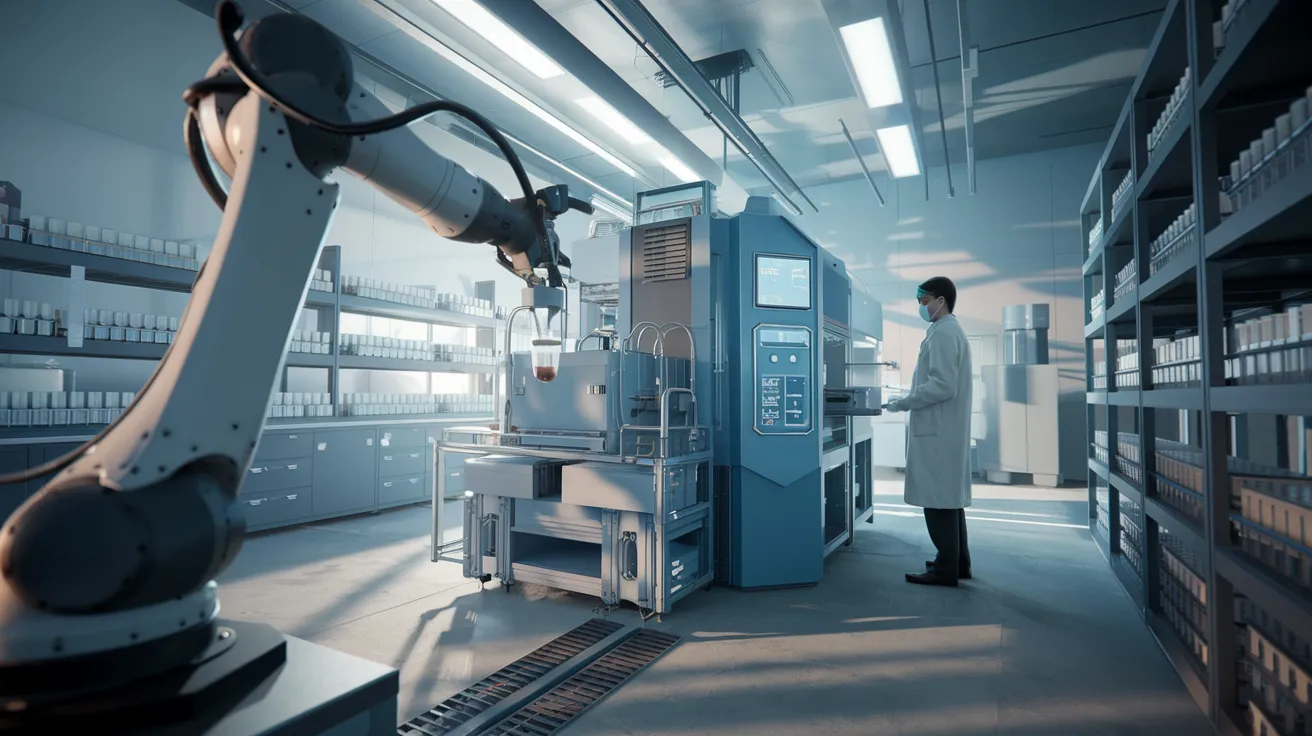AI Superbug Mystery Solved in 48 Hours

A recent advancement in artificial intelligence (AI) has led to a groundbreaking development in microbiology, with a new tool solving a complex superbug mystery in just 48 hours. This astonishing feat has left scientists, particularly Professor Jose Penades and his research team at Imperial College London, dumbfounded. For over a decade, these microbiologists have tirelessly tried to understand why certain superbugs are resistant to antibiotics.
In a significant turn of events, Professor Penades decided to leverage Google’s AI tool, named ‘Co-Scientist’, to explore its problem-solving capabilities. To his amazement, the AI generated a comprehensible conclusion in less than two days. What made this sky-high achievement even more perplexing for Mr. Penades was that the research upon which the AI based its conclusions had not yet been published. This raised immediate concerns in his mind regarding whether the AI had gleaned information from his own systems.
Mr. Penades recalled a moment while shopping when he had to excuse himself to process this unbelievable occurrence. Strikingly, he reached out to Google to confirm that their systems had not accessed his computer, which they verified. This interaction highlighted the level of astonishment experienced by the research team.
Delving deeper into the issue of antibiotic resistance, Mr. Penades and his colleagues were investigating the transmission of superbugs — harmful bacteria that survive despite antibiotic treatment. Their theory revolved around the idea that these superbugs could exchange genetic material between different species through a viral mechanism they hypothesized as a “tail” formed from various viruses. This theory was quite novel and unique to their research, as it hadn’t been shared publicly or published previously.
Remarkably, upon testing Google’s AI tool, the predictions made by the AI not only confirmed their initial hypothesis but expanded upon it, presenting four additional hypotheses, each holding validity and presenting new avenues for exploration. One of these suggestions was particularly enlightening, as it had never previously occurred to the research team. The implications of this discovery signal a potentially significant evolution in scientific collaboration and problem-solving capabilities, leveraging AI as a resource in understanding intricate biological phenomena.